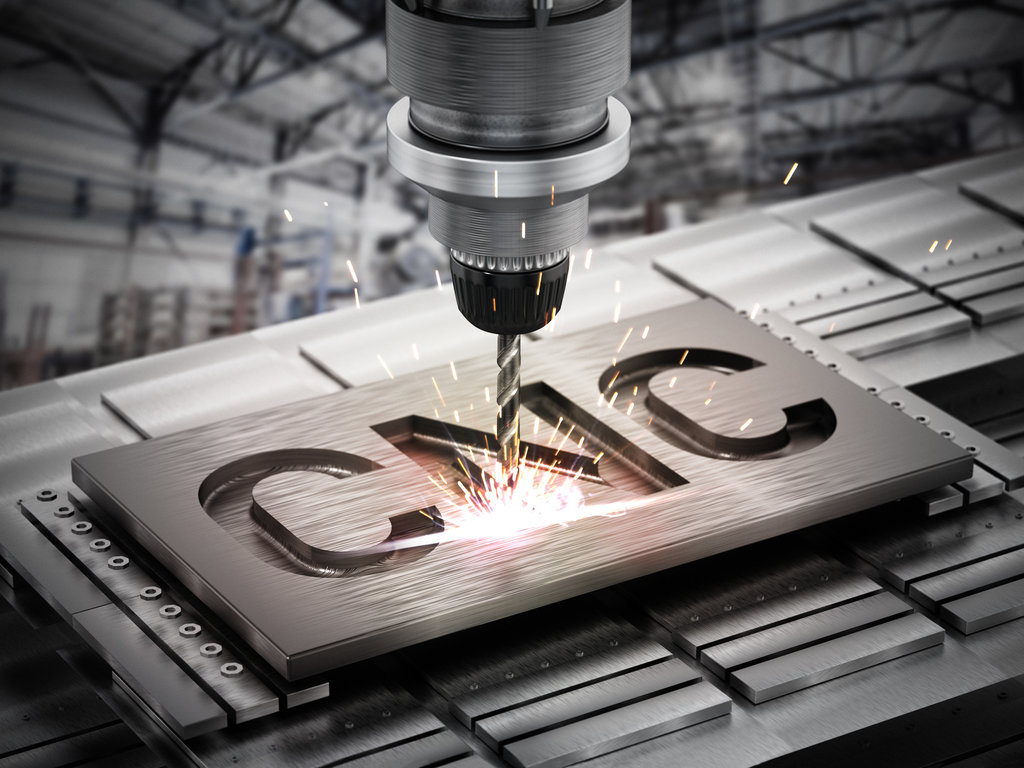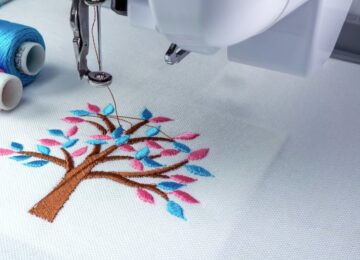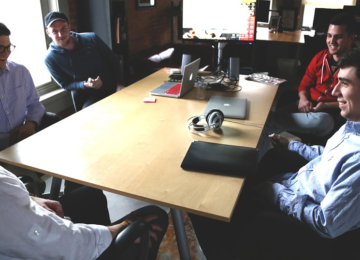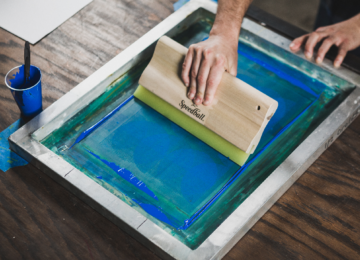In the field of rapid prototyping, there are many different options available, like 3-D printing, sand casting, fabrication, selective laser sintering, investment casting. They all offer various advantages but there are some unique advantages to CNC prototype machine service.
Computer Numerical Control machines represent a manufacturing process used to control a wide range of tasks. These small-batch CNC machining prototyping are used for removing material. It uses sharp cutting tools, available in different shapes and sizes but these are precisely controlled by a computer It’s most prevalent in metal and plastic production
In simpler terms, computer software is pre-programmed to tell a machine how to move factory tools and machinery
CNC machine gives a three-dimensional cutting task to be completed with a single set of prompts resulting in little input from operators.
Basic performance includes once the programming is put into a machine, a CNC machine will operate on its own. The speed and position of the required tools are set through software.
CNC starts with a computer on which the assigned designer prepares its required part using CAD (Computer-Aided Design) software. Now instructions are sent to the CNC machine using the form of G-Code. Afterward, this digital part is then converted into a format that can be recognized by the machine and the cutting process commence.
Greenlight from the designers and machining starts, the cutting tool now makes contact with the specific sample, cutting away layers of the material. During this process, the tool and/or sample is moved and/or rotated according to the set of instructions (G-Code) so that cut appears in the right place till the part is finished.
There’s a term used for CNC machining “subtractive rapid prototyping”. The subtractive aspect is mentioned because the machine removes material from a starting raw block to create the final part error-free
With modern machines like CNC now the material process is coherent, quick, detailed to demanding specifications. Because of this subtractive nature, CNC prototyping allows to part made from any possible material available.
While prototyping offers many benefits, the following stand out:
Just creating a model before manufacturing thousands of finished products, designing teams can highlight and identify potential problems like minor geometry, a functional issue that is human nature. So using CNC machines allows the manufacturer to make the necessary correction before going into full production, resulting in saving a significant amount of money. For instance, the digital template and autonomous machining of CNC eliminate and achieve accuracy with /1000th
Another existing benefit includes reliable endurance, these machines work around the clock daily. In short, they only stop for maintenance or repair. Once the design parameters and specifications have been entered it consistently executes quantities along with flexible scalability.
Another astonishing benefit is less labor CNC machining requires personnel to handle the production task. Mentioning one skilled operator can run several autonomous CNC machines not only that one programmer can get them loaded with the required designs.
Listing more benefits include a uniform product as when an organization chooses CNC machines over usual conventional machines CNC outputs match exactly, With CNC machines, each part is a flawless match to the prototype’s exact specifications. In addition to it the lower costs, in turn, can be used to create a competitive advantage as saving money or making more money is one of the popular benefits of CNC machining eliminating concerning issues
Last but not least Safety, in operating CNC machines, while there are operations involved, it’s at a distance from all sharp tools, considering that the operations of conventional-manual lathes, drills, punches, and other tools come into direct contact with the implement
CNC machining companies consistently producing products like industrial manufacturing, metalworking, aerospace, architecture, electronics energy, and the list goes on.












